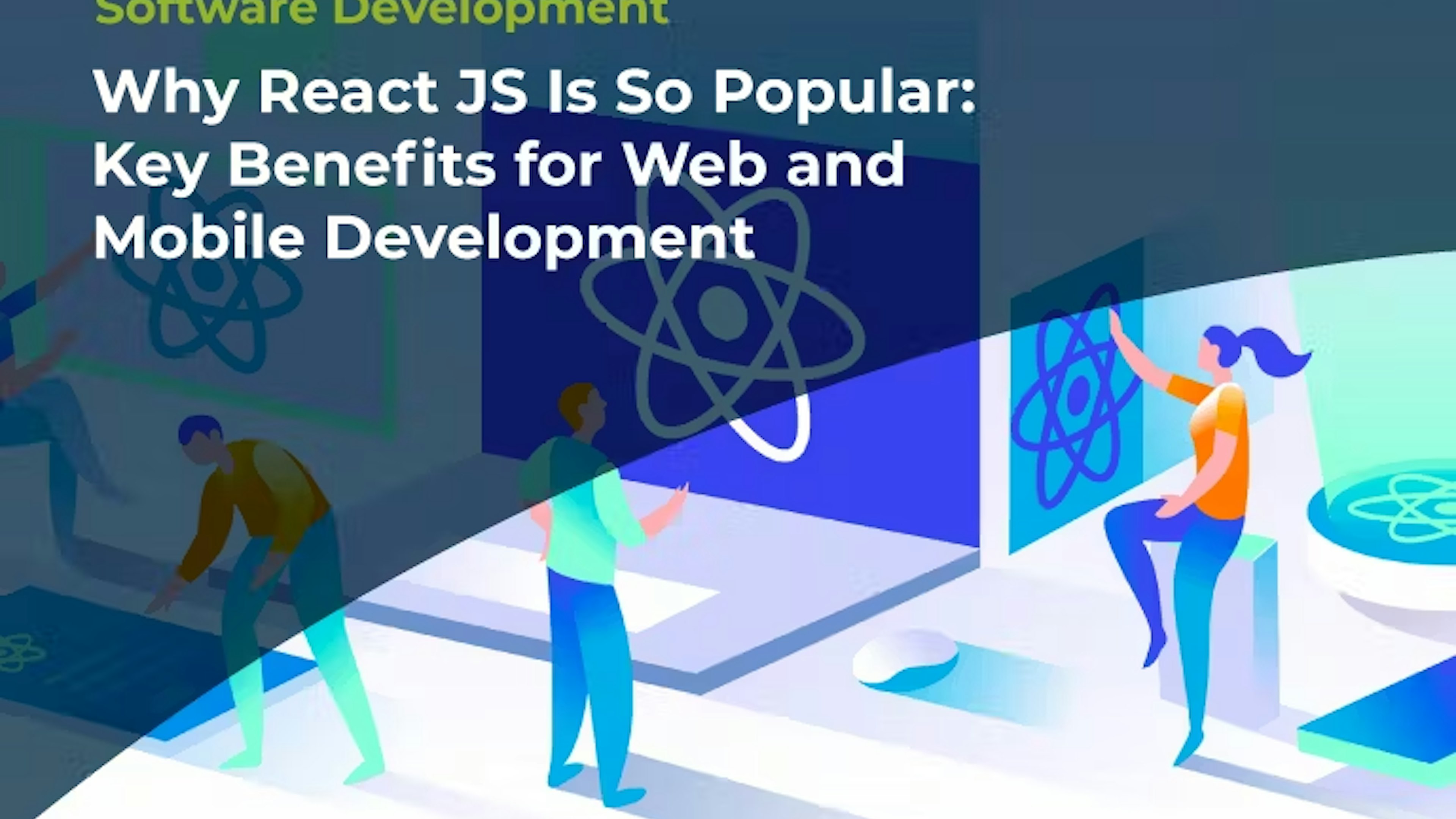Rethinking Tech Recruitment: How the Digital Age is Transforming Staffing Strategies


Introduction
The race for tech talent has shifted. Success now depends less on hiring numbers and more on capturing the right mix of AI, cloud, and cybersecurity skills. In May 2025 alone, U.S. employers posted nearly 125,000 openings requiring AI skills, while cybersecurity job postings held steady above half a million nationwide (CyberSeek, 2025). At the same time, remote work has stabilized at around 29% of all paid workdays, permanently reshaping where and how companies hire.
Recruitment strategies built for yesterday’s market won’t be enough to attract tomorrow’s talent. What’s needed is a shift toward skills-first hiring, digital recruitment tools, flexible work models, and employer branding that resonates with a new generation of candidates.
1. The Talent Race Has Changed: Specialized Skills Define Success
Demand for talent has moved decisively toward specialized roles. CompTIA data shows that AI-related job postings in the U.S. reached ~125,000 in May 2025125,000 in May 2025, with AI, cybersecurity, and cloud skills leading demand. CyberSeek reports the U.S. faced more than 514,000 open cybersecurity roles between May 2024 and April 2025, with shortages most severe in roles blending AI and security.
Even when the tech sector contracted in March 2025 with 29,000 jobs cut, specialized roles remained resilient, accounting for over 20% of active postings. This indicates that the shortage of these skills is structural, not cyclical.
The future lies in skills-first taxonomies that break down job families into precise capabilities (e.g., model evaluation, zero-trust security, hybrid cloud resilience). Companies must invest in internal academies and targeted upskilling while simultaneously competing for scarce external talent.
2. Recruitment Transformed by AI and Digital Tools
Recruiting itself is undergoing a digital shift. According to McKinsey, 78% of U.S. companies used AI in at least one function by 2025, up from 72% the year before. In HR, AI has become central to sourcing, screening, and analytics. SHRM reports that 36% of organizations reduced recruiting costs using AI and 24% improved candidate quality.
The potential is clear: predictive analytics help HR forecast candidate success, automation speeds up scheduling and initial screening, and semantic search expands sourcing beyond traditional keywords.
But the regulatory environment requires vigilance. The EEOC’s 2024–2028 Strategic Enforcement Plan highlights AI in hiring as a compliance focus, especially concerning bias under Title VII and ADA. Employers must therefore document validation, monitor outcomes, and ensure fairness in every AI-assisted decision.
Adopt AI strategically, balancing efficiency with compliance. Success will depend on bias audits, explainability, and transparent candidate communication.
3. Remote Work and Global Talent: The New Equilibrium
Remote work has found stability. The Survey of Working Arrangements & Attitudes (SWAA) reported that 29% of all paid workdays in the U.S. were remote in March 2025.
Flexibility remains a powerful differentiator. LinkedIn data shows employers with flexible policies are 29% more likely to receive applications and 16% more likely to get positive 16% more likely to get positive responses to outreach.
Global hiring has also become standard practice. Deel’s 2024 reports noted 42% growth in cross-border hiring, as companies expand beyond local talent pools to secure scarce expertise.
“remote versus office” is no longer the trigger. Employers should codify flexibility charters, clarify hybrid norms, and invest in systems for compliance, time-zone collaboration, and secure remote access. Doing so not only widens access to global skills but also signals trust and adaptability to candidates.
4. Employer Branding in the Digital Age
Compensation alone no longer secures talent. Gartner research shows companies with strong employee value propositions (EVPs) lower turnover and reduce required compensation premiums by up to 50%.
In parallel, internal mobility is rising. LinkedIn reports a 6% year-over-year increase in internal mobility, reflecting candidates’ growing interest in clear development opportunities. HR leaders who highlight career paths, learning investments, and authentic cultural practices are better positioned to win.
Employer branding must extend beyond marketing. It requires transparent communication of growth opportunities, evidence of flexibility, and visible commitments to culture and purpose, anchored in employee voices and real data.
5. Building a Future-Ready, Flexible Workforce
The workforce model itself is evolving. Deloitte’s 2024 Human Capital Trends emphasizes a “boundaryless workforce” that blends employees, contractors, and partners into a single ecosystem.
Meanwhile, the U.S. Bureau of Labor Statistics recorded 6.9 million contingent workers in 2024—4.3% of the workforce. Industry analysts project this share will approach 50% within the next decade. Deloitte has already responded with its Extended Workforce Solutions (EWS), reflecting the trend toward formalized governance of contingent talent.
Permanent employees provide stability, while contractors and partners add agility. A blended workforce is now the standard, and governance must unify all contributors under consistent security, culture, and quality frameworks.
Conclusion: Preparing for 2026 and Beyond
The landscape of tech recruitment has fundamentally shifted, where specialized skills dominate demand, AI-driven tools reshape sourcing, remote work widens the playing field, branding drives attraction, and flexible models future-proof organizations.
For HR leaders, this is the moment to rethink strategy. Begin with a skills inventory of top roles, pilot AI-assisted recruiting tools with compliance checks, and establish a blended staffing model that balances employees with external talent. These steps not only address today’s shortages but also position companies to thrive as the talent race intensifies in 2026.
Subscribe to our newsletter
Stay informed with the latest insights and trends in the industry
Content
You may also like


